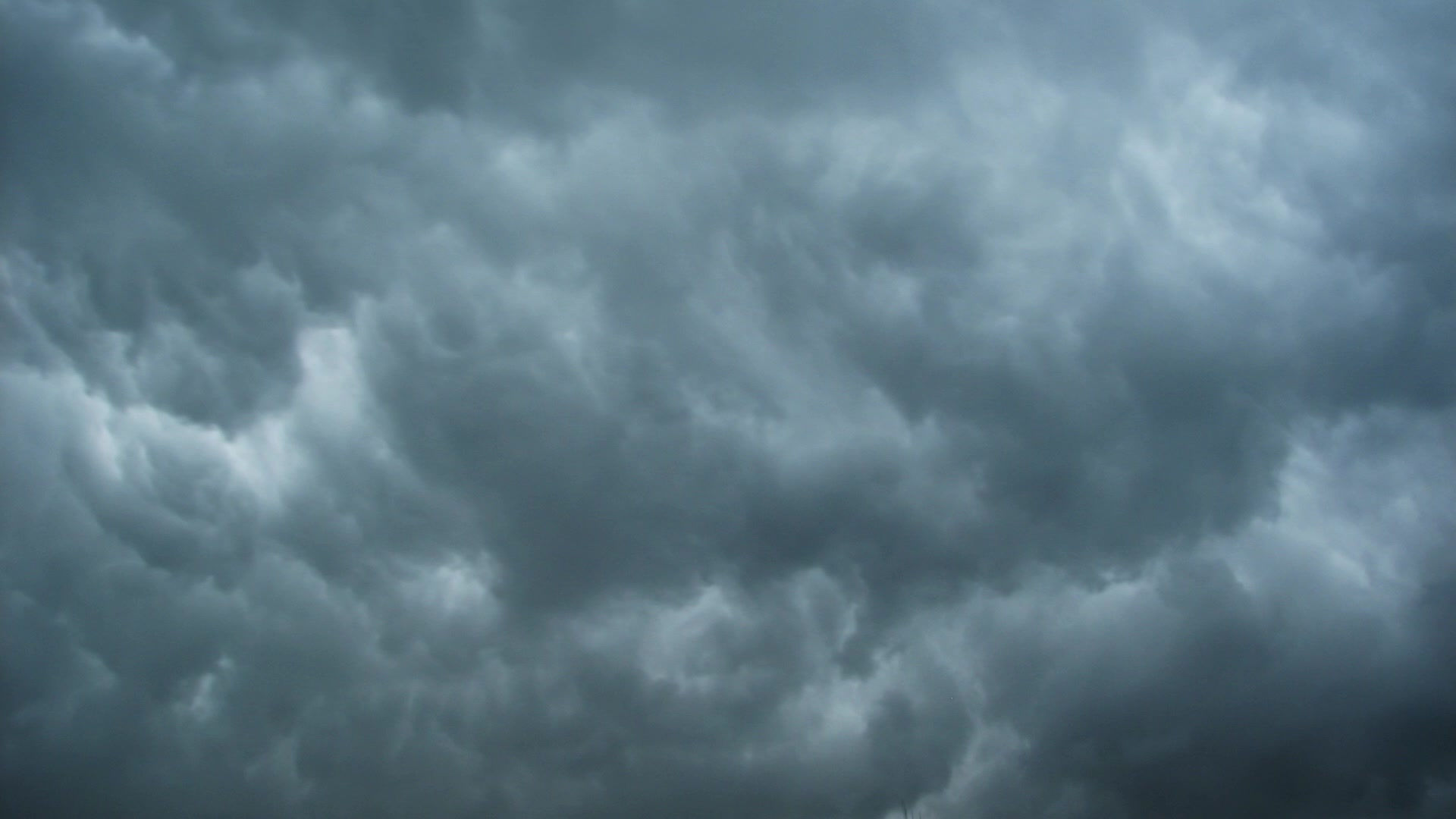
AGRICULTURE
Brazil was originally focused on sugarcane. Today, however, Brazil is the world's largest supplier of coffee, beef, sugarcane, and ethanol.
In 2009, there were 260,000,000 acres of underdeveloped fertile land. This is an area larger than France and Spain combined.
The southern half of Brazil's climate is considered semi-temperate. It has high rainfall, fertile soil, and advanced technology. Farmers in this area also tend to be more experienced. This area produces most of Brazil's grain crop.
The northeast region, as well as the Amazon basin are both in droughts. They lack good soil, adequate infrastructure, and developmet capital. You will find mainly subsitence farmers in these areas. The major exports are forest products, cocoa, and tropical fruits.
Central Brazil is mostly grassland. These grasslands are not very fertile and are usually only used for animal grazing.
Some of the challenges in Brazil's agriculture are:
-
The practice of slave labor
-
Agrarian reform
-
Fire & protection financing
Despite these challenges, Brazil was the third largest agricultural exporter in the world in 2010.
Due to the improvements in seeds, fertilizers, and machinery, Brazil's yield per acre doubled in the late 1980's & 1990's. Farming accounts for almost 1/3 of GDP once agricultural inputs, food processing, and distribution are included.
Between 1990-2001, farming employment dropped. Although employment fell, agri-business rose from 372,000 to 1.82 million. From 1994 to 2001, the number of companies jumped from 18,000 to 47,000.
In 2007, gross agriculture exports yielded 68.1 billion dollars and net export of 57.3 billion dollars. In 2008, the biggest export market was the European Union. China was the biggest importing country.
The major products of Brazil include cattle, coffee, cotton, corn, rice, soy, wheat, sugarcane, tobacco, floriculture, and fruit.
ref. en.m.wikipedia.org


